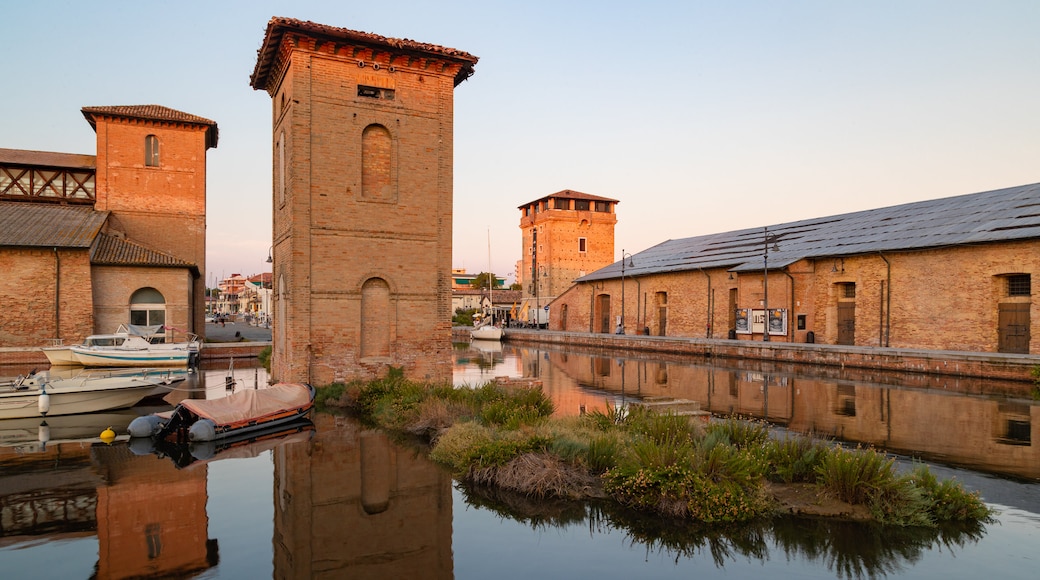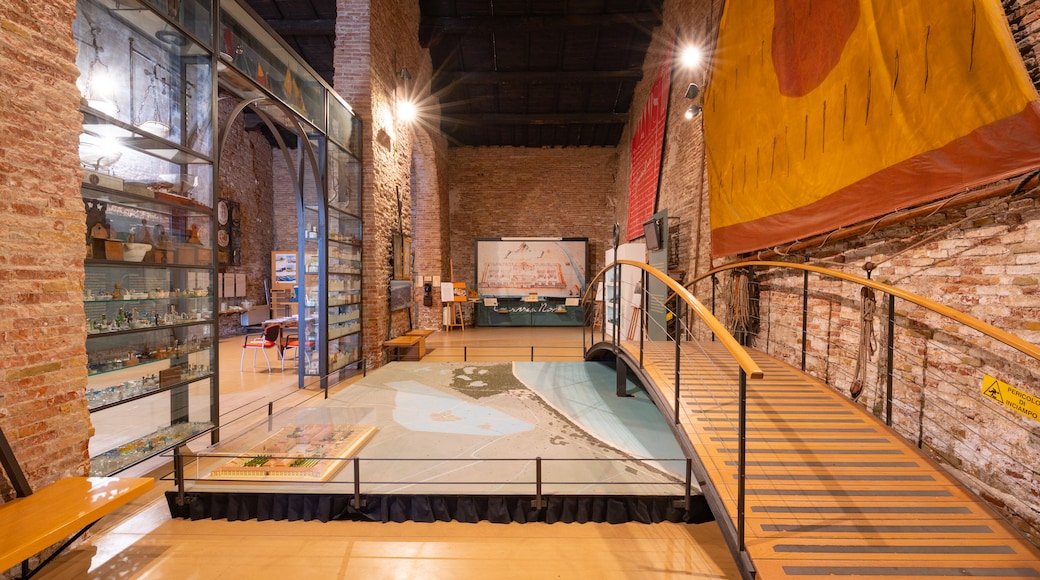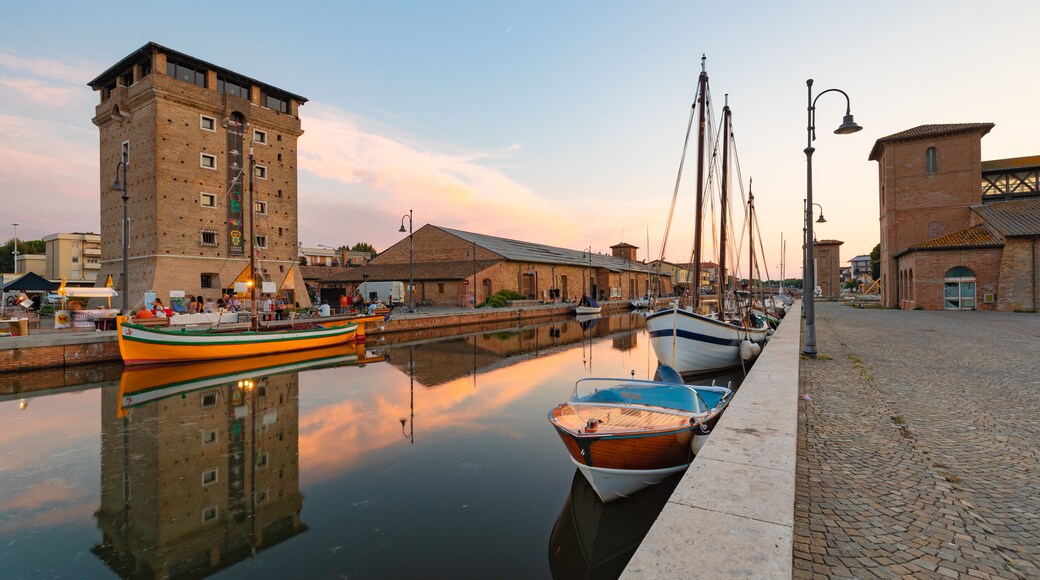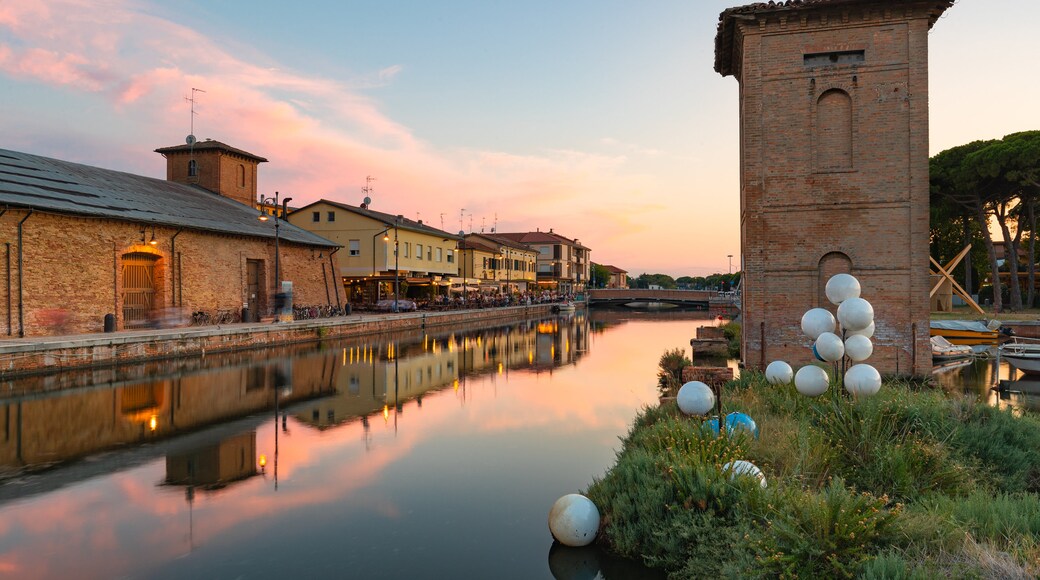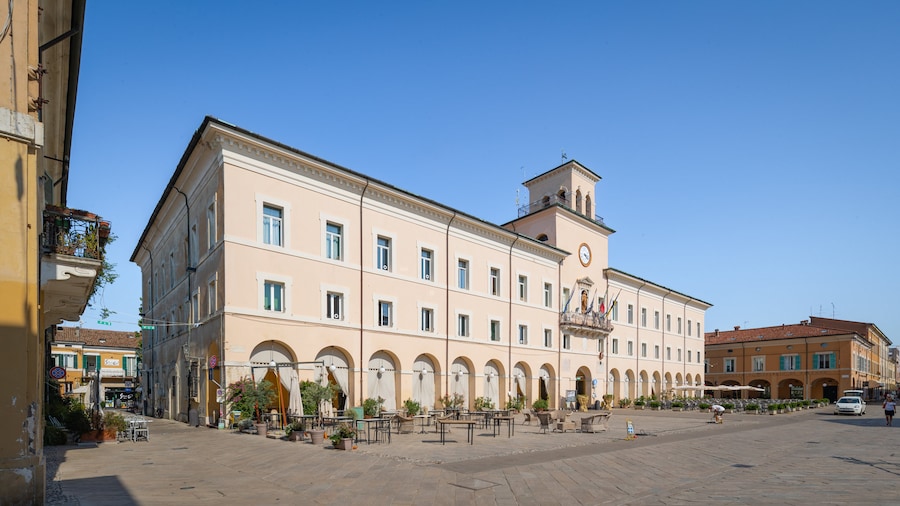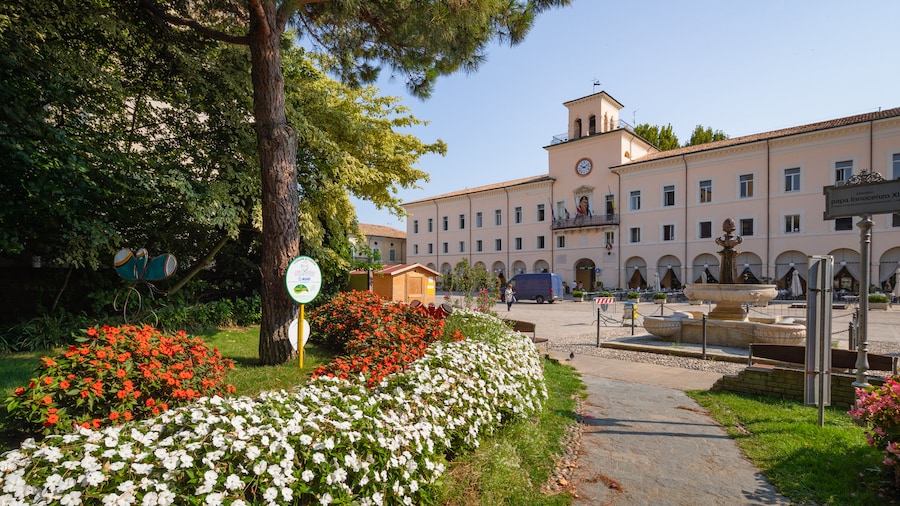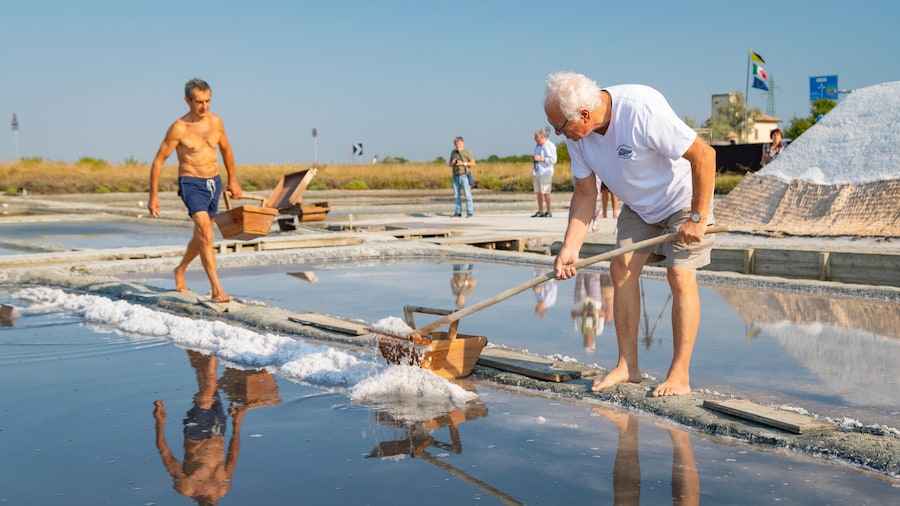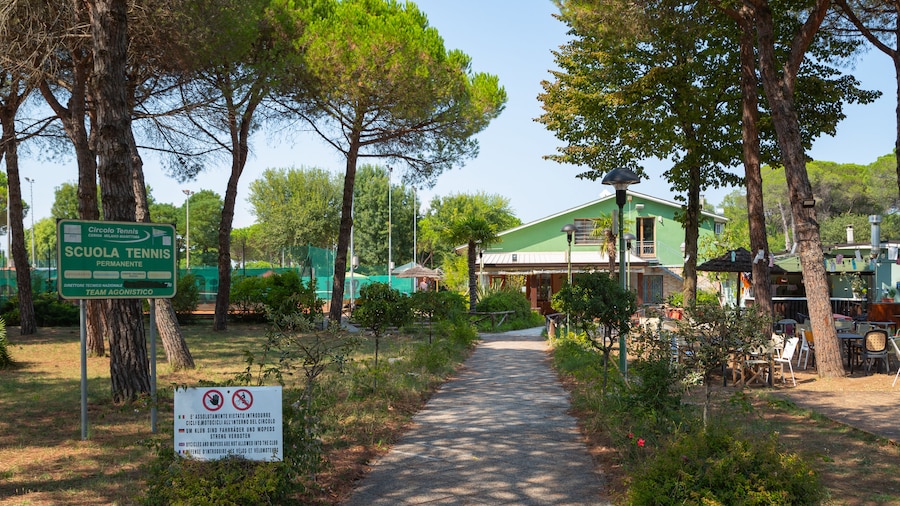Cervia’s long salt panning history is explored at this excellent museum which includes a working salt pan and fascinating displays on local culture.
Learn about Cervia’s association with salt collection at the informative Museum of Salt. Take a tour through the museum to discover how the geology of the area has helped shape the town over the centuries.
The Museum of Salt is located inside the 17th-century salt warehouse near the famous Camillone Salt Pan and was founded by the Salt Workers’ Cultural Association. It was established to document and preserve the history of the salt pans. Peruse the displays which include documents, tools and photos showing salt mining in the region.
There are some truly fascinating pieces on display at the museum, including a typical iron boat used in the transportation of salt. The boat is the focal point of a festival honoring the town’s salt production history when, come September each year, it leaves the museum and sails along the salt pans. Time your visit with the festival to get a true sense of the importance that salt production had on the town’s cultural heritage.
Look for the wooden tools used in salt production, as well as the photographs and videos of salt workers.
Head out of the main exhibition warehouse to discover the last salt extraction site, the Camillone Salt Pan, which is now part of the museum complex. It is the only remaining salt pan from the original 144 which were converted to industrial extraction in 1959. Witness the entire production process, where 1,000 quintals of salt are produced per year. The salt is highly sought after for Italy’s fine cuisine and is an integral part of the Slow Food process.
The Museum of Salt is located in the heart of Cervia and easily accessible on foot or by car. The nearby Camillone Salt Pan is a short walk away. The museum is open every day throughout the year, with varying hours depending on the season. During the peak summer months it is open until later in the evening. There is an entry fee.
